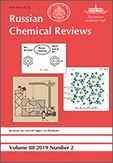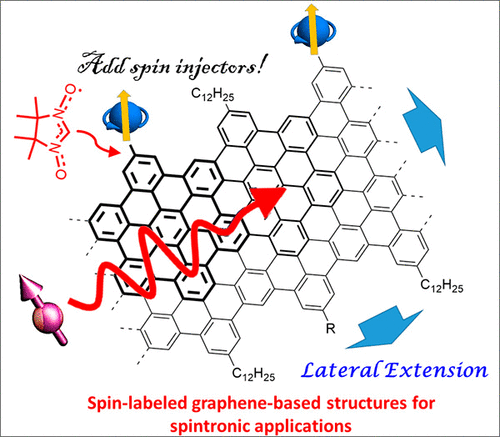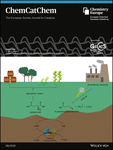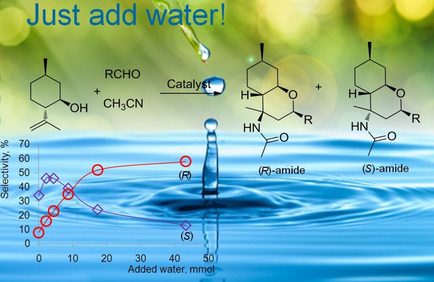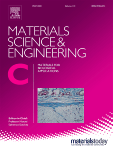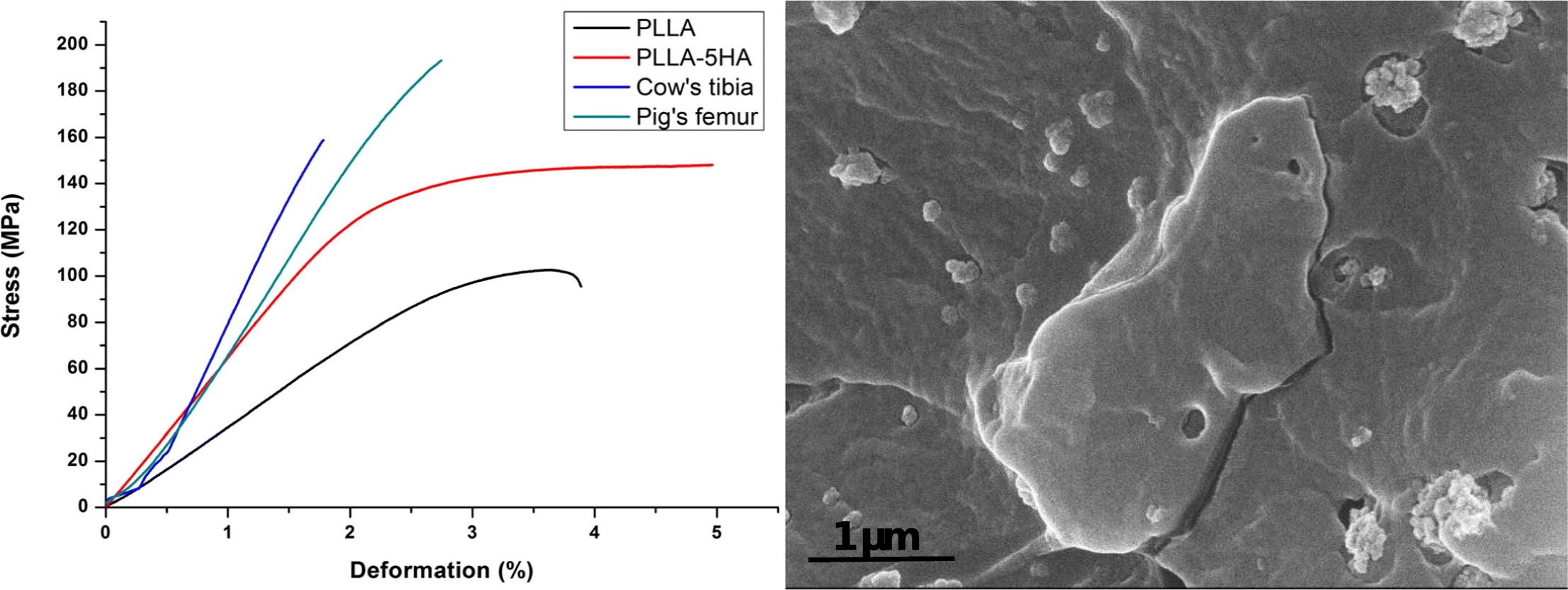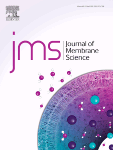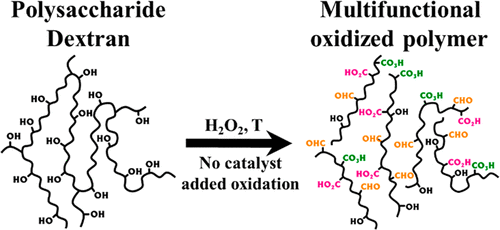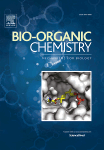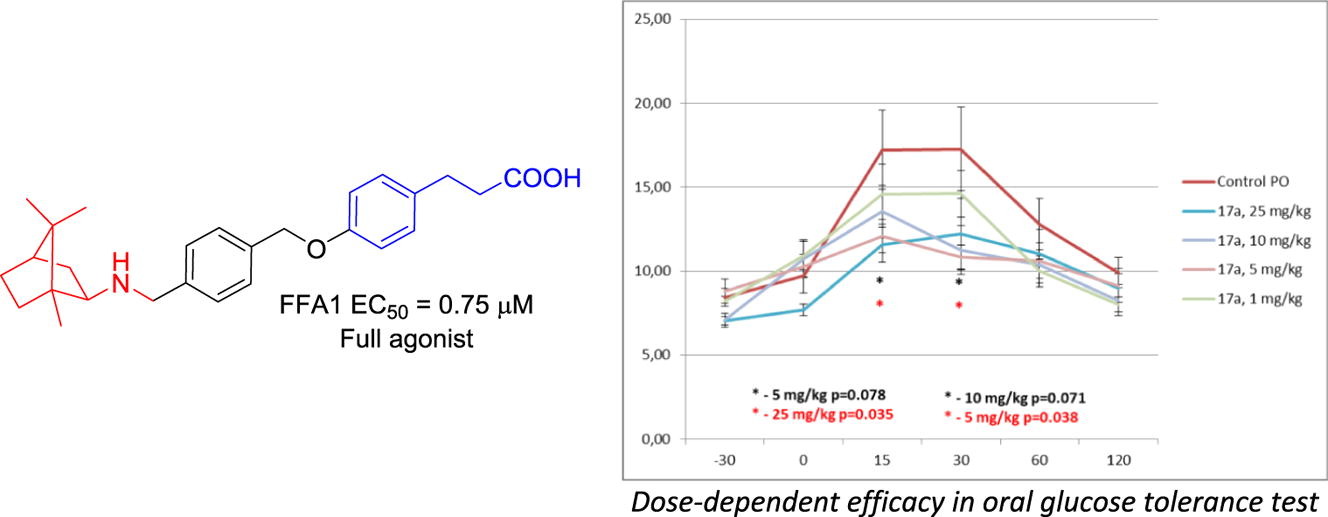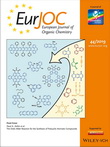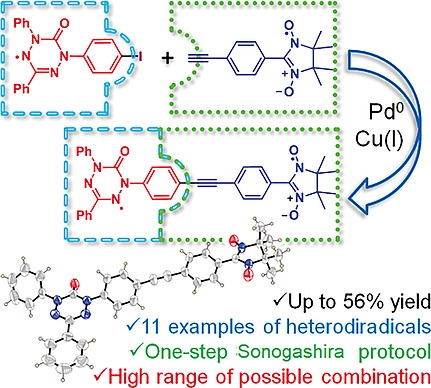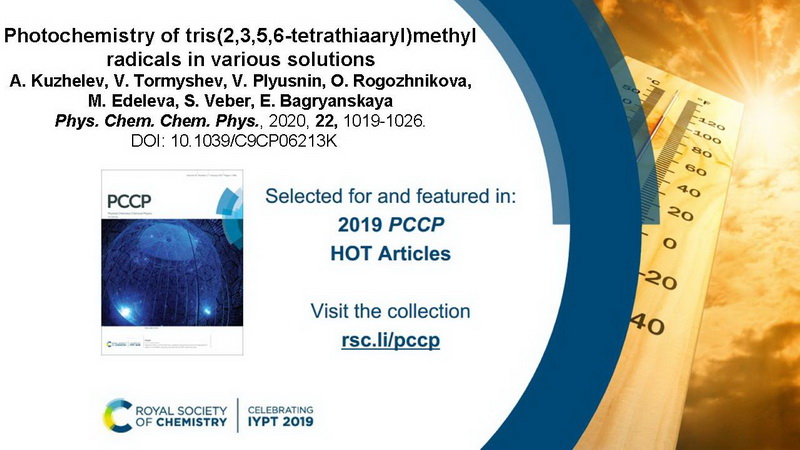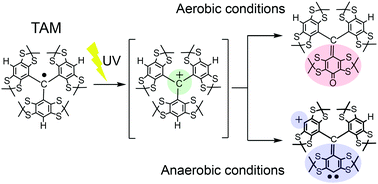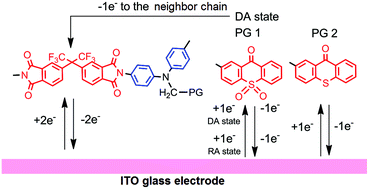В журнале Biomedical Optics Express (IF 3,91) опубликована статья с участием сотрудника
Института: к.х.н. А.Ю. Воробьева (зав.лаб, с.н.с ЛФ)
Optical uncaging of ADP reveals the early calcium dynamics in single, freely moving platelets
Darya V. Spiryova, Alexei Yu. Vorobev, Vadim V. Klimontov, Elena A. Koroleva, and Alexander E. MoskalenskyBiomedical Optics Express Vol. 11, Issue 6, pp. 3319-3330 (2020)
Published: May 27, 2020
https://doi.org/10.1364/BOE.392745
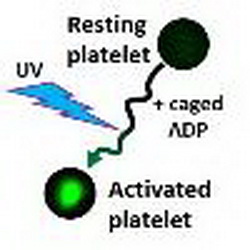
Abstract
Platelet activation is considered to be a cornerstone in pathogenesis of cardiovascular disease. The assessment of platelet activation at the single-cell level is a promising approach for the research of platelet function in physiological and pathological conditions. Previous studies used the immobilization of platelets on the surface, which significantly alters the activation signaling. Here we show that the use of photolabile “caged” analog of ADP allows one to track the very early stage of platelet activation in single, freely moving cells. In this approach, the diffusion step and ADP receptor ligation are separated in time, and a millisecond-timescale optical pulse may trigger the activation. The technique allows us to measure the delay (lag time) between the stimulus and calcium response in platelets. We also propose a simple model function for calcium peaks, which is in good agreement with the measured data. The proposed technique and model function can be used for in-depth studies of platelet physiology.
Альметрики:



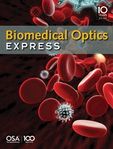
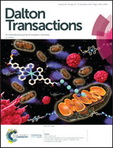

![[double bond, length as m-dash]](https://www.rsc.org/images/entities/char_e001.gif) O⋯M2+contacts and N–H⋯Cl hydrogen bonds with coordinated Cl− ions. In solutions the complexes have several conformers differing by the degree of the turn of the acetamide moiety relative to the ligand core and the type of its interaction with the coordination core. The ligands and complexes exhibit luminescence with the quantum yield increasing in the order: ligand < cadmium(II) complex < zinc(II) complex. The complexes 3 and 4 demostrate excitation wavelength independent single-channel fluorescence. As opposed to 3 and 4, the complexes 1 and 2 demonstrate excitation wavelength dependent emission with nanosecond and microsecond lifetimes of the excited states. According to our TD-DFT calculations, an interplay of ligand centered and halide to ligand transitions facilitates two deactivation channels in 1 and 2: S1–S0 and T1–S0.
O⋯M2+contacts and N–H⋯Cl hydrogen bonds with coordinated Cl− ions. In solutions the complexes have several conformers differing by the degree of the turn of the acetamide moiety relative to the ligand core and the type of its interaction with the coordination core. The ligands and complexes exhibit luminescence with the quantum yield increasing in the order: ligand < cadmium(II) complex < zinc(II) complex. The complexes 3 and 4 demostrate excitation wavelength independent single-channel fluorescence. As opposed to 3 and 4, the complexes 1 and 2 demonstrate excitation wavelength dependent emission with nanosecond and microsecond lifetimes of the excited states. According to our TD-DFT calculations, an interplay of ligand centered and halide to ligand transitions facilitates two deactivation channels in 1 and 2: S1–S0 and T1–S0.